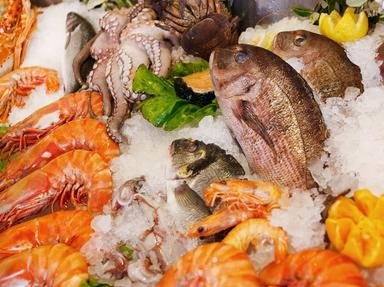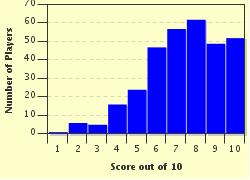Quiz Answer Key and Fun Facts
1. Let's head to Scotland for an Arbroath smokie. The Arbroath smokie is a delicious smoked fish made in or near the town of Arbroath. What sort of fish is used to make an Arbroath smokie? I promise, it's not tuna.
2. In Wales they put a particular product of the sea to good use. The Welsh make an accompaniment called laverbread which can be served at any meal from breakfast to dinner. It's not tuna, but what is laverbread made of?
3. Kabayaki is a Japanese dish made with eels, not tuna. The eel is filleted and dipped into a flavour enhancer before its final grilling. What sort of substance is the eel dipped into?
4. You have a craving for sushi but you don't like tuna. You would like some protein though. Can sushi be made with other protein sources such as beef or venison?
5. Rollmops. You've probably seen them. Pickled fillets of raw fish rolled up around a filling and probably secured with a toothpick. What sort of raw fish, that isn't tuna, are you eating when you dine on a rollmop?
6. You're at a party and there is not a tuna to be seen. Instead, they are serving oysters wrapped in bacon as a canape. Mmmm. What are these delicious morsels called?
7. Bouillabaisse is a traditional dish originating in Provence, France. There are several types of seafood which go into a bouillabaisse, but tuna isn't one of them. What is the customary accompaniment served with a bouillabaisse?
8. Gravlax is a preserved fish dish native to Scandinavia. Made with salmon, not tuna, how is the fish preserved?
9. This seafood, which definitely isn't a tuna, lives on the ocean floor. It can be served raw, cooked in a dish, or dried for later usage. It also has a use in traditional Chinese medicine. Which marine animal am I talking about?
10. Boston clam chowder, that delicious soup made in the New England region of the USA, doesn't have clams as its only source of flavour and protein. What is the other protein that goes into a traditional chowder? It's not tuna!
Source: Author
Tizzabelle
This quiz was reviewed by FunTrivia editor
ozzz2002 before going online.
Any errors found in FunTrivia content are routinely corrected through our feedback system.

